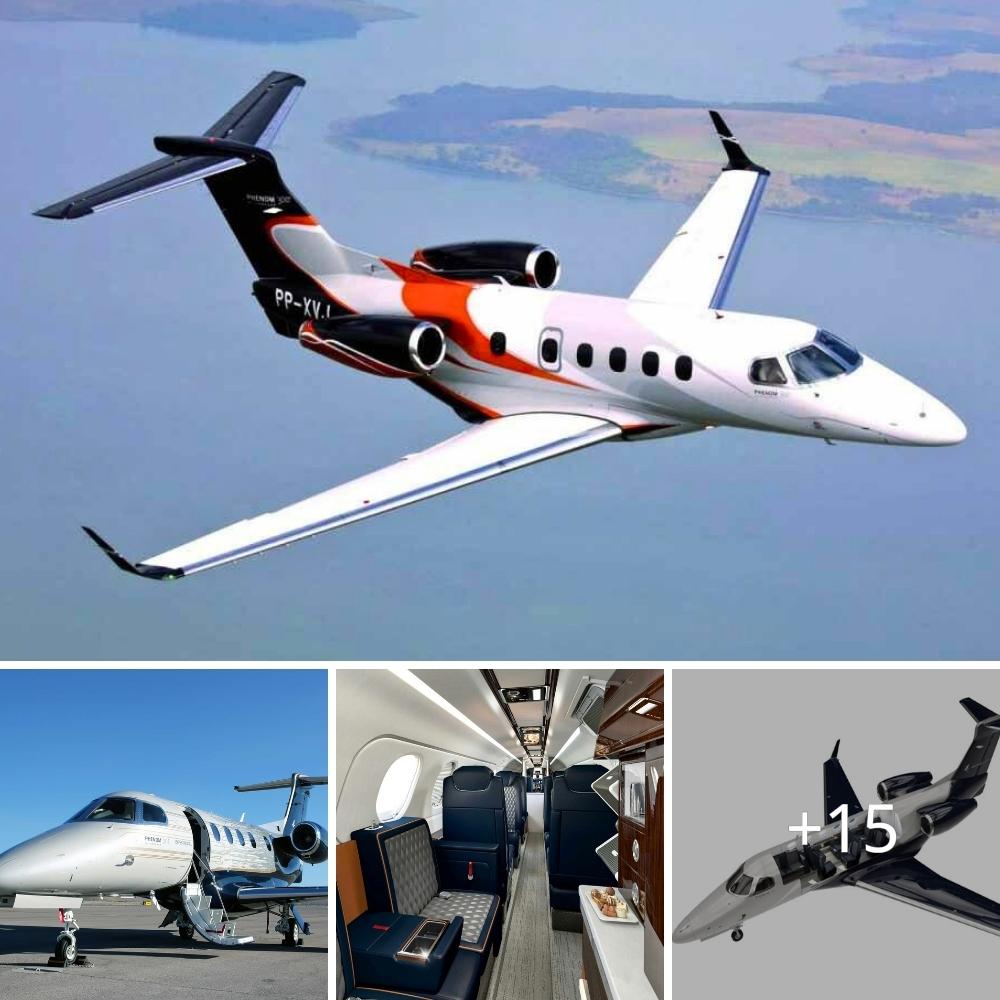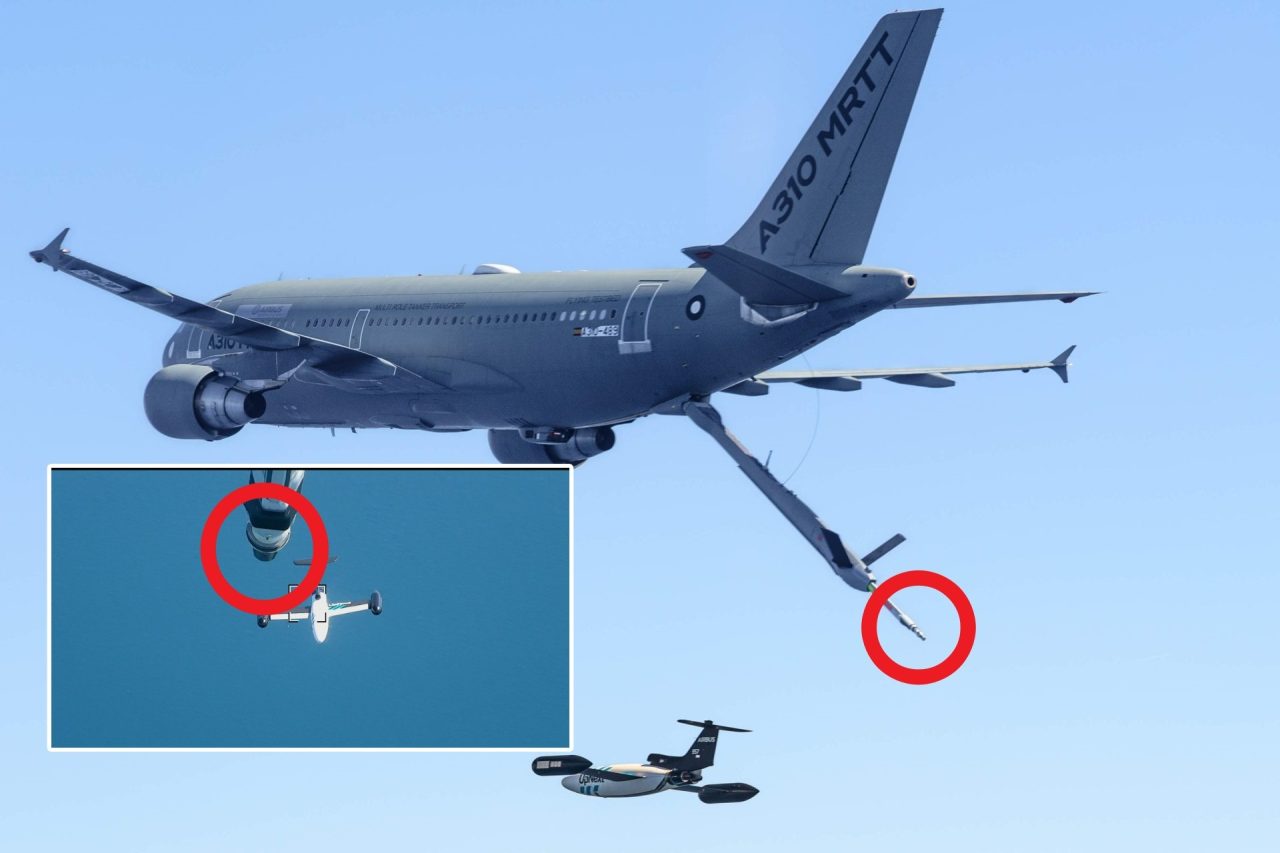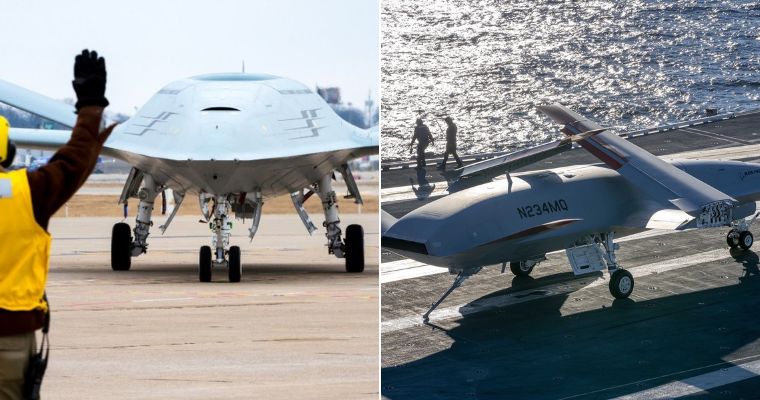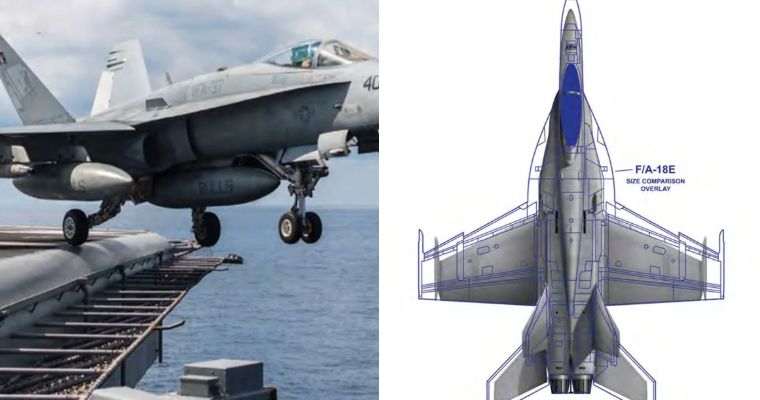U.S. Air Force Secretary Frank Kendall is having second thoughts about the Pentagon’s decision to upgrade the F-35 fighter jet’s current engines instead of developing a next-generation replacement.
In a discussion at the McAleese & Associates conference in Washington, Kendall said the decision to upgrade the fighters’ current Pratt & Whitney-made F135 engines instead of developing a new adaptive engine “was the right decision, given the constraints that we have, but [a choice] that I worry about a little bit.”
“If we had the opportunity to reconsider that, I think that would be something I’d like to have another shot at,” Kendall said. “Right now, it’s unaffordable. The only service that wants the new technology is the Air Force right now, and we can’t afford it by ourselves.”

The F-35 is scheduled to receive a series of significant upgrades in the coming years known as the block 4 modernization effort, which will include the ability to carry more weapons, better recognize targets and conduct advanced electronic warfare. But to handle those upgrades — which F-35 manufacturer Lockheed Martin said will introduce about 518 capabilities — the military says the fighter will need much greater power and cooling abilities.
Since 2016, the Air Force has allocated nearly $2.7 billion for the Adaptive Engine Transition Program, which sought to fund research, development, prototyping and testing of a new kind of engine intended to provide greater thrust, power and cooling abilities. The adaptive engine model uses three streams of air for greater cooling, and has an adaptive cycle that would allow it to switch to the most efficient configuration for any given situation.
General Electric Aviation and Pratt & Whitney each developed adaptive engines as part of AETP — the XA100 and XA101, respectively. But while GE pitched its XA100 as a replacement for the F-35, Pratt said an upgrade of the current engines — which it calls the Engine Core Upgrade — would be a more cost-efficient option that would work on all F-35s.

Ultimately, the Air Force announced in its budget briefings March 10 and 13 that the military would not transition AETP to a program of record, and would instead go with the F135 upgrade.
The potential cost of an adaptive engine, which Kendall last year pegged at more than $6 billion, proved a major sticking point. So did doubts over whether it could be made to fit in the Marine Corps’ F-35B, which has an engine that swivels down to allow the jet to vertically land. While GE said it had found a way to make its engine work in the F-35B, the Pentagon was apparently skeptical.
Installing an adaptive engine into “the Marine Corps variant was going to be very, very difficult, if not impossible,” Kendall said in the March 10 budget briefing with reporters at the Pentagon.
Kendall also called the adaptive engine “a really good fit” for the Air Force’s F-35A variant on March 10.
And at Wednesday’s McAleese conference, he expanded further on what made an AETP engine attractive to the service noting that the adaptive engine would have provided more fuel efficiency than the F135 Engine Core Upgrade.
He explained the adaptive engine’s greater fuel efficiency would have translated to less fuel burned and more cost savings, plus extended range, which he described as a “really attractive” benefit — a handy capability in a fight in the large Pacific region.

Kendall said it also would have introduced competition into the F-35 engine market, which Raytheon Technologies-owned Pratt & Whitney has dominated.
If the Air Force were to decide to go it alone on AETP, Kendall said, it would be a multiyear, multibillion-dollar program — one that would have been out of the service’s reach. “It’s a major lift, and you just can’t do everything,” he added.
The Air Force plans to roll some of the technologies developed as part of AETP into its Next Generation Adaptive Propulsion program, which aims to produce similarly advanced engines for its future sixth-generation fighter known as Next Generation Air Dominance.
“The AETP technology advanced the state of the art,” Kendall said. “So we’re going to benefit from that indirectly.”








